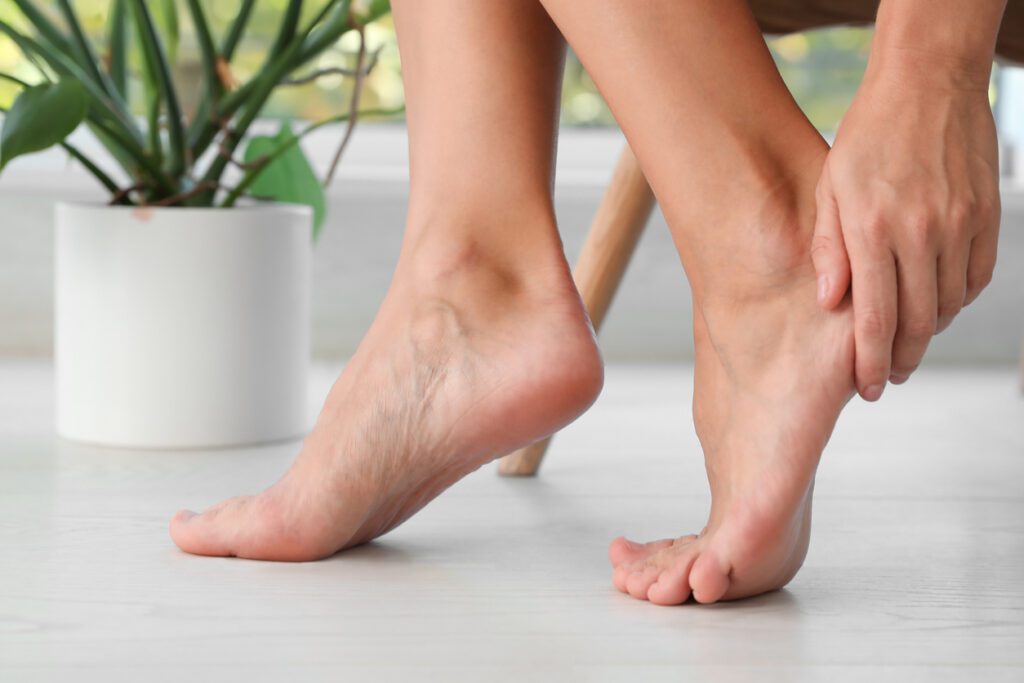Heel pain can be a debilitating condition that impacts daily activities, from walking to standing for extended periods. It’s a common complaint among adults, affecting people of various age groups and lifestyles. Although it may seem like a minor inconvenience, persistent pain may significantly affect quality of life.
What Causes Heel Pain?
The heel is supported by a network of muscles, ligaments, and a thick layer of fat to absorb impact. When this area is overused or injured, it can lead to discomfort or chronic heel pain. Common causes include:
- Plantar Fasciitis: This condition occurs when the plantar fascia, a thick band of tissue connecting the heel bone to the toes, becomes inflamed or strained. It’s characterized by sharp pain, particularly in the morning or after long periods of rest.
- Heel Spurs: Heel spurs are calcium deposits that develop on the underside of the heel bone, often forming due to repetitive stress or strain. These bony growths can occasionally press against soft tissues, causing discomfort.
- Achilles Tendinitis: The Achilles tendon, which connects the calf muscles to the heel bone, is susceptible to tightness or inflammation, often resulting from overuse or improper stretching.
- Stress Fractures: Repetitive high-impact activities, such as running or jumping, can sometimes cause small cracks in the heel bone. These stress fractures can trigger persistent pain that worsens with activity.
- Other Causes: Conditions such as bursitis may also contribute to heel pain. While less common, these causes require accurate diagnosis to determine appropriate treatment.
How Is It Treated?
Effective treatment for heel pain often depends on its underlying cause. Prolonged rest and a temporary reduction in physical activity give the affected area time to heal. For those whose occupations or hobbies involve repetitive movements, alternating high-impact with low-impact activities can minimize further stress to the heel.
Custom orthotics or supportive shoe inserts can provide cushioning and additional support, especially for individuals with plantar fasciitis or heel spurs. These devices help redistribute pressure across the foot, reducing strain on the heel. Physical therapy, led by trained professionals, incorporates therapeutic exercises, massage, and techniques designed to enhance mobility and reduce inflammation.
Nonsteroidal anti-inflammatory drugs (NSAIDs) are often recommended to manage pain and reduce inflammation. These medications may be prescribed alongside other treatment methods to improve outcomes. Emerging solutions, such as extracorporeal shock wave therapy (ESWT), use sound waves to initiate the body’s natural healing process. While most cases of heel pain can be managed with non-surgical interventions, surgical procedures are sometimes an option if conservative strategies fail. This is typically reserved for severe cases, such as chronic plantar fasciitis or advanced heel spur development.
Speak Further with a Podiatrist
Heel pain should not be neglected, especially if it impacts your daily life. Understanding the various causes and available treatments can guide you toward making informed decisions for better foot health. Speaking with a podiatrist is an excellent way to address both immediate concerns and long-term management. Professional care provides clarity on your condition and makes sure that the recommended treatments align with your unique needs.

